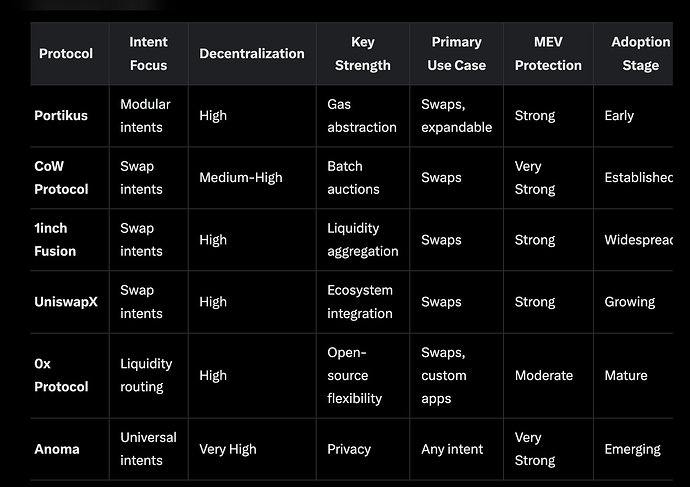Abstract
As VeloraDAO continues to grow and mature, we are seeing strong signs of progress across governance participation, contributor activity, and structural development. Initiatives such as the Governance Task Force (GTF), the Delegate Incentive Program (DIP), and the Velora Growth Committee (VGC) have contributed to improved coordination, transparency, and engagement across the DAO.
Given this positive trajectory, we believe now may be an appropriate time to ask a broader question of the community:
Should VeloraDAO define a shared strategic focus for the year ahead?
This would not be a binding or rigid framework, but rather a way to align governance, contributor efforts, and protocol initiatives around a set of agreed-upon priorities—clarifying what the DAO is collectively trying to achieve over the next 12 months.
Before considering any formal process, we would like to gather feedback and better understand how the community views this idea.
Goals
This post is intended to start an open and constructive conversation. We are not proposing anything specific at this time, but we are interested in whether the DAO believes there is value in pursuing a shared strategic direction, and if so, how such a process might be designed.
We are particularly interested in community input on the following:
- Would VeloraDAO benefit from identifying a small number of strategic priorities for the year?
- If so, what kinds of outcomes should we prioritize (e.g., onboarding users, increasing protocol revenue, expanding brand awareness, strengthening internal governance)?
- How might a process to define and align on these priorities be structured in a way that is open, inclusive, and flexible?
- Are there potential downsides to consider, and how could they be mitigated?
Why This May Be Worth Exploring
A shared strategic focus could offer a number of benefits, such as:
- Providing clearer direction for proposals, funding decisions, and contributor work
- Helping delegates and working groups coordinate efforts around shared high-level goals
- Making it easier to evaluate progress and identify where further support is needed
- Encouraging more proactive and outcome-driven governance
That said, it’s equally important to consider the risks, such as reduced flexibility or added complexity if not implemented thoughtfully.
Next Steps
At this stage, we are simply seeking input. If there is sufficient interest and alignment, we would be open to working with the community to explore what a lightweight, community-led process could look like.
We encourage all delegates, contributors, and community members to share their thoughts in the comments below. Your feedback will help determine whether this is something the DAO should pursue further.
Thank you for your time and consideration. We look forward to hearing your perspectives.
